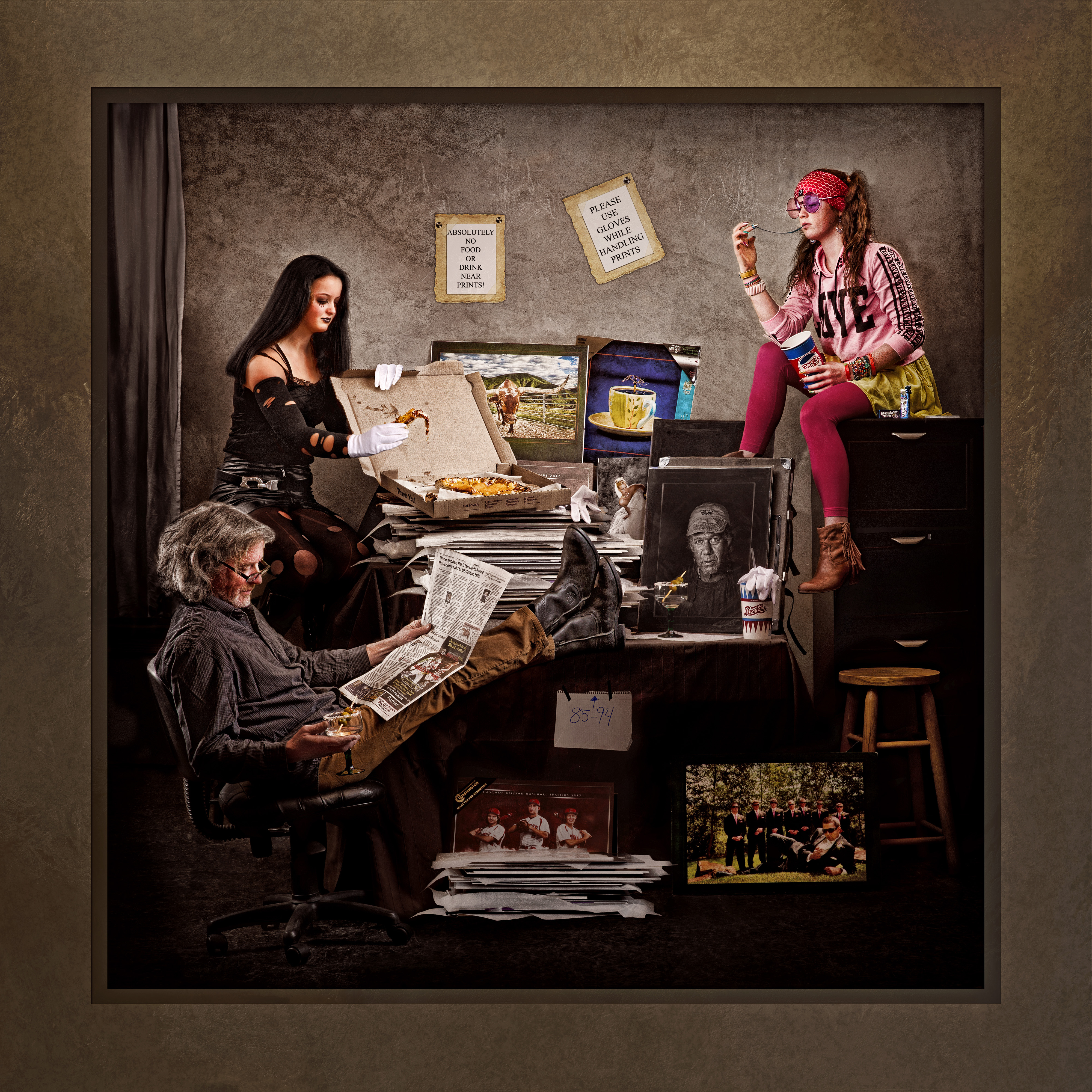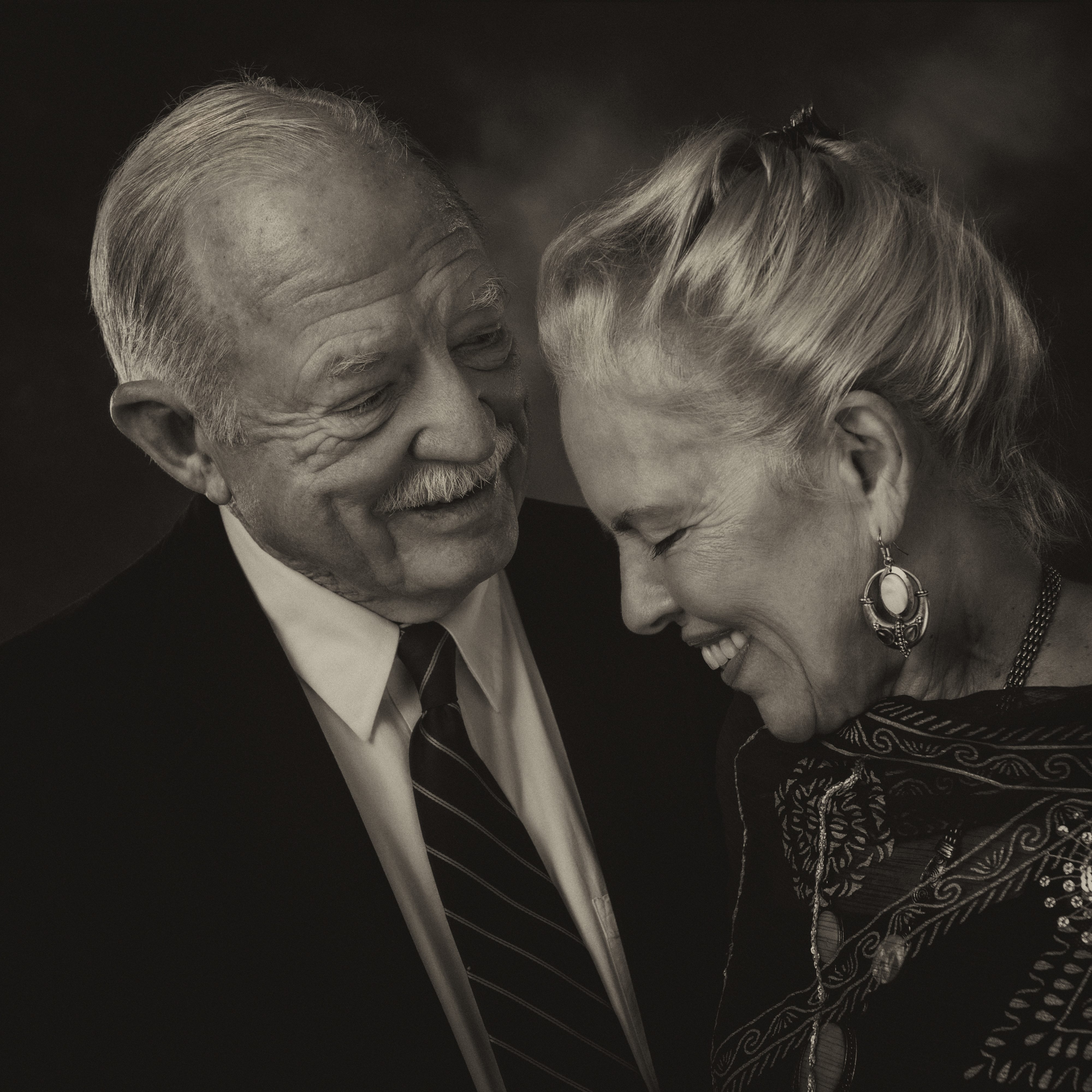PPW Image Competition
If photography is an important part of your life, don't miss the biggest PPW event of the year!
Entering your state competition is one of the best ways to push yourself to be more. You'll learn where you stand—how your photography matches up with your peers. You'll learn about the 12 Elements of a Merit Image, and start incorporating them into your daily photography. You'll learn what it takes to create a merit image and if you stick with it, you may be a Trophy or Award Winner. To see what they are check them out on Trophy & Award Goals.
You'll learn you're capable of so much more than you imagined. It's perfectly normal to be a little nervous going in, but don't be afraid of getting better.
It's easy to get involved. Use the 12 Element guides to fine-tune your four best images and submit either prints or digital copies. Rules and Forms are available as we get closer to conference.
And if you can, make sure you attend the judging. The photographic competitions are open to the public, and it's the best way to maximize your learning potential. Whether you've entered images or not, watching is a great way to grasp what the judges are looking for. The PPA-approved jurors are some of the best in the business—photographers who truly care about raising the bar in the industry. You can even pick their brains during breaks!
Here is a list of the categories for image competition and the past winning images.
12 Elements of a Competition Print (printable pdf)
PPW uses the 12 elements below as the “gold standard” to define a merit image. Judges are mindful of these elements when judging images to the PPW merit level and presented at the annual convention. The use of these 12 elements

connects the modern practice of photography and its photographers to the historical practice of photography begun nearly two centuries ago. These twelve elements have been defined as necessary for the success of an art piece or image. Any image, art piece, or photograph will reveal some measure of all twelve elements, while a visually superior example will reveal obvious consideration of each one
The Twelve elements listed below are in accordance to their importance.
- Impact is the sense one gets upon viewing an image for the first time. Compelling images evoke laughter, sadness, anger, pride, wonder or another intense emotion. There can be impact in any of these twelve elements.
- Technical excellence is the print quality of the image itself as it is presented for viewing. Retouching, manipulation, sharpness, exposure, printing, mounting, and correct color are some items that speak to the qualities of the physical print.
- Creativity is the original, fresh, and external expression of the imagination of the maker by using the medium to convey an idea, message or thought.

- Style is defined in a number of ways as it applies to a creative image. It might be defined by a specific genre or simply be recognizable as the characteristics of how a specific artist applies light to a subject. It can impact an image in a positive manner when the subject matter and the style are appropriate for each other, or it can have a negative effect when they are at odds.
- Composition is important to the design of an image, bringing all of the visual elements together in concert to express the purpose of the image. Proper composition holds the viewer in the image and prompts the viewer to look where the creator intends. Effective composition can be pleasing or disturbing, depending on the intent of the image maker.
- Presentation affects an image by giving it a finished look. The mats and borders used, either physical or digital, should support and enhance the image, not distract from it.
- Color Balance supplies harmony to an image. An image in which the tones work together, effectively supporting the image, can enhance its emotional appeal. Color balance is not always harmonious and can be used to evoke diverse feelings for effect.
- Center of Interest is the point or points on the image where the maker wants the viewer to stop as they view the image. There can be primary and secondary centers of interest. Occasionally there will be no specific center of interest, when the entire scene collectively serves as the center of interest.
 Lighting is the use and control of light; refers to how dimension, shape and roundness are defined in an image. Whether the light applied to an image is man made or natural, proper use of it should enhance an image.
Lighting is the use and control of light; refers to how dimension, shape and roundness are defined in an image. Whether the light applied to an image is man made or natural, proper use of it should enhance an image.
- Subject Matter should always be appropriate to the story being told in an image.
- Technique is the approach used to create the image. Printing, lighting, posing, capture, presentation media, and more are part of the technique applied to an image.
- Story Telling refers to the image’s ability to evoke imagination. One beautiful thing about art is that each viewer might collect his own message or read her own story in an image.